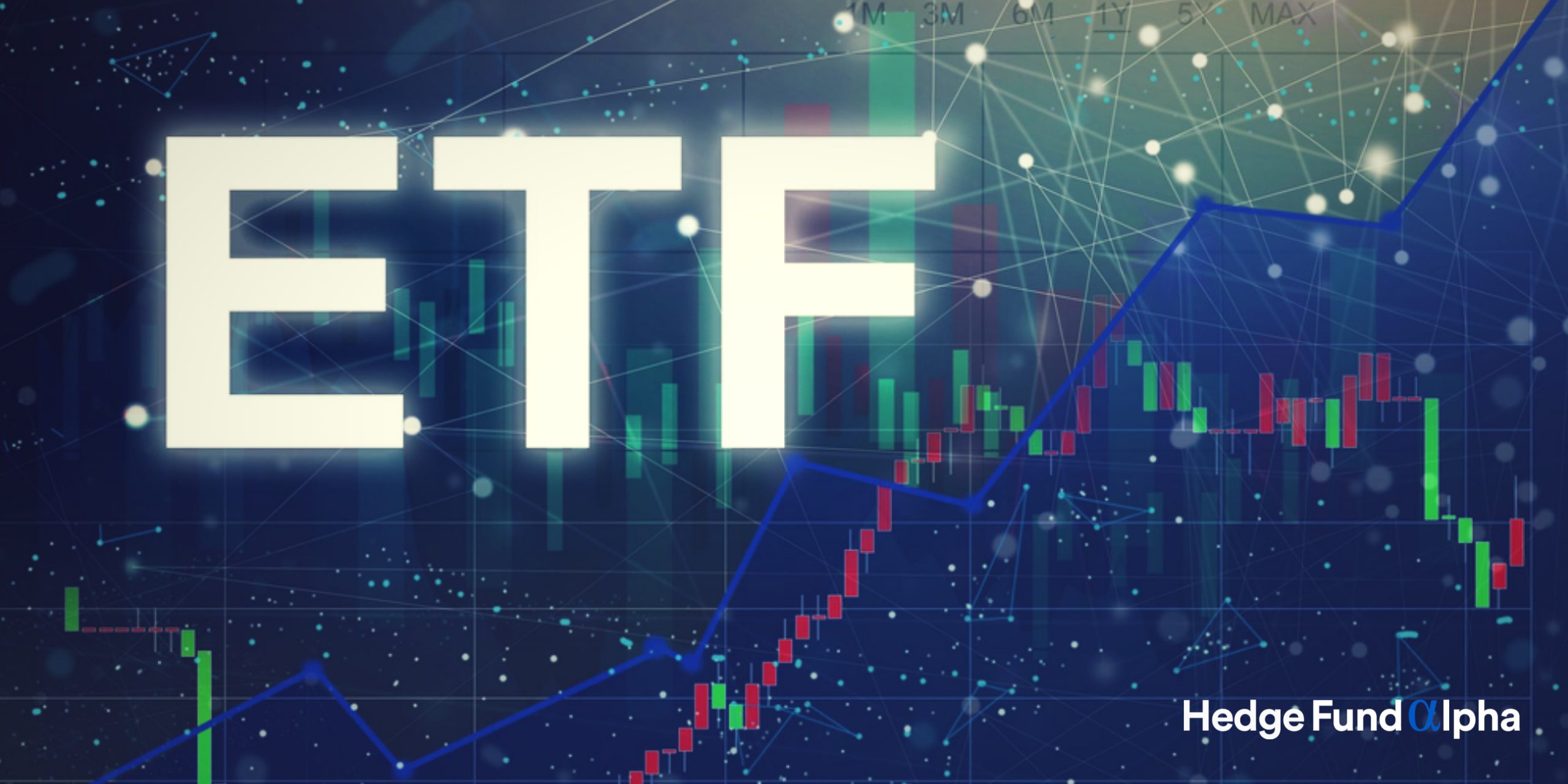The first actively managed exchange traded funds came to market in 2008. But 2023 may be remembered as the year when the asset class matured, paving the way for broader long-term adoption. With increasing support for active ETFs among RIAs, fund sponsors are bringing more unique and valid offerings to market.
Two of this year’s more notable additions to the active ETF fray are the Calvert Ultra-Short Investment Grade ETF (CVSB) and the Calvert US Select Equity ETF (NYSE Arca: CVSE). Both funds turn a year old next month.
Q3 2023 hedge fund letters, conferences and more
More advisors are warming to the benefits of active ETFs and the macroeconomic climate continues being conducive to active management. So CVSB and CVSE could gain more traction with market participants in 2024.
CVSB, CVSE Offer Active ETF Utility
The growth of actively managed ETFs has been something to behold, and data confirms as much.
“Active ETFs represented $444 billion in assets in October, nearly triple the amount in active ETFs in October 2020. There are 1,255 active ETFs currently traded on U.S. markets, up from roughly 350 in 2019. While they still comprise a small sliver of the more than $7 trillion ETF market, actively managed ETFs grew at a rate of 14% in the first half of 2023, compared to a 3% growth rate for passive ETFs,” according to Morgan Stanley research.
One of the reasons active ETFs are catching on with advisors and clients is that these funds can be deployed for a variety of reasons. For example, CVSB is useful for investors seeking income with diminished credit and interest rate risk. And CVSE could be appealing to investors seeking equity exposure with an ESG overlay.
“Compared to passive ETFs, actively managed ETFs may offer investors tactical opportunities. For example, in active bond ETFs, investment managers can pick securities based on factors such as interest rate changes, global credit risks, duration or credit quality. And they can determine the size of their positions in these securities using fundamental or quantitative techniques,” added Morgan Stanley.
ETFs such as CVSB and CVSE could be appealing to investors who have long been devotees of actively managed mutual funds. ETFs, active or passive, are more tax efficient than mutual funds. That is to say ETFs don’t lob off capital gains distributions as frequently as mutual funds do. That means investors keep more of their hard-earned money.
For more news, information, and analysis, visit the Responsible Investing Channel.
Article by Tom Lydon, ETF Trends

